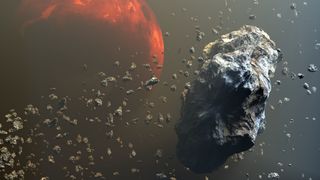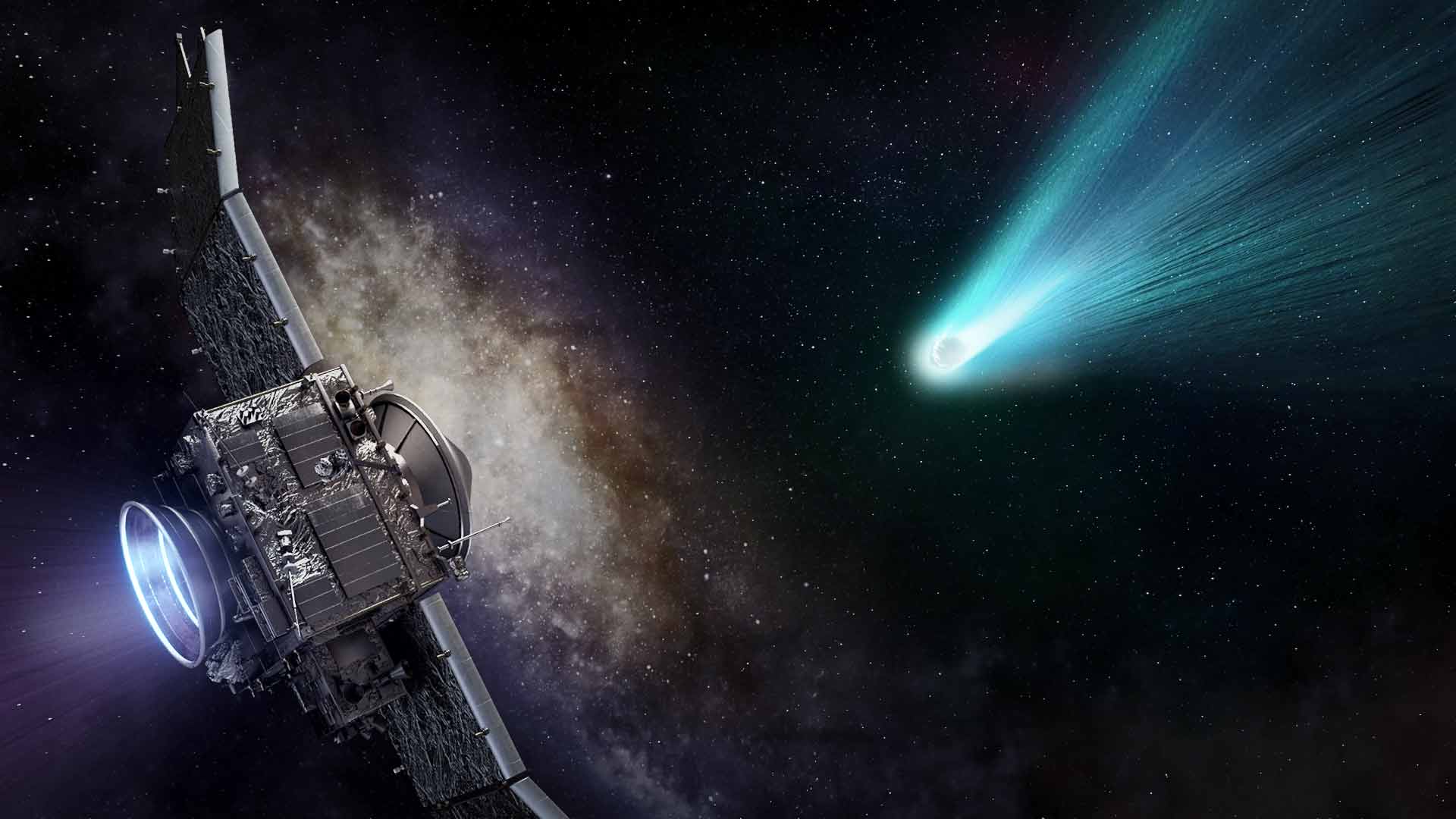Mars news, features and articles
Latest about Mars
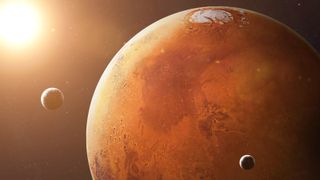
Tiny photosynthetic aliens could be lurking in hidden bubbles in Mars' ice — and could soon be replicated on Earth
By Harry Baker published
A new NASA-led study suggests that photosynthetic microbes could thrive in hidden bubbles of meltwater below patches of ice on Mars. This could be one of the easiest places to search for extraterrestrial life "anywhere in the universe," the team says.
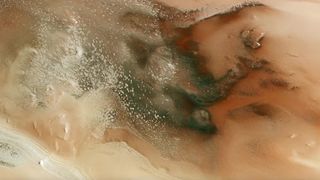
'Cryptic terrain' and dark dust surrounds Mars' icy south pole, new photos reveal
By Samantha Mathewson published
"Some of these features are surprisingly dark compared with their icy surroundings, earning their nickname of 'cryptic terrain.'"
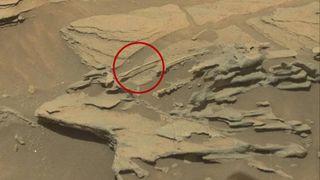
32 things on Mars that look like they shouldn't be there
By Brandon Specktor published
The more scientists study the Red Planet, the more they find unusual objects and patterns scattered across Mars' surface. Here are some of the most baffling.
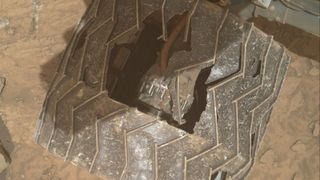
New NASA images reveal giant hole in Curiosity rover's wheel after 12 years of 'abuse' on Mars
By Harry Baker published
Images captured by Curiosity's onboard cameras show several large tears in the tire of one of the rover's wheels. However, the damage does not appear to be slowing the roaming robot down.
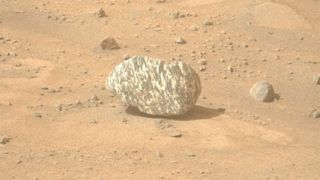
Weird 'zebra rock' on Mars is unlike anything seen before on Red Planet, NASA says
By Sascha Pare published
NASA's Perseverance rover has sent home pictures of a mysterious black-and-white striped rock, the likes of which scientists have never seen before on Mars.
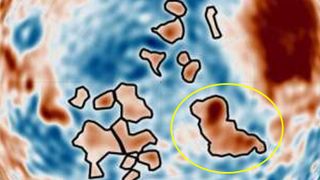
'Martian dog' and dozens of other mysterious blobs found hiding under Mars' north pole in new 'gravity map'
By Harry Baker published
A new map that details gravitational anomalies on Mars has revealed 20 mysteriously dense blobs, including a dog-shaped mass, buried below the planet's north pole. And researchers have no clear idea where they came from.
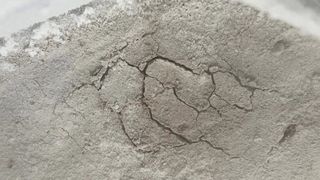
'Spiders on Mars' fully awakened on Earth for 1st time — and scientists are shrieking with joy
By Harry Baker published
Researchers have recreated the bizarre spider-like features seen on the surface of Mars for the first time ever. The breakthrough could help unravel further mysteries surrounding the static Martian arachnids.
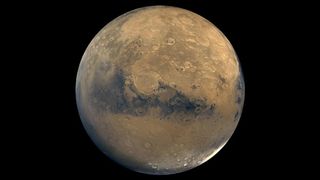
A long-lost moon could explain Mars' weird shape and extreme terrain
By Paul Sutter published
Unlike the other planets in the solar system, Mars is distinctly triaxial, meaning it is an ellipsoid with different sizes along all three axes.
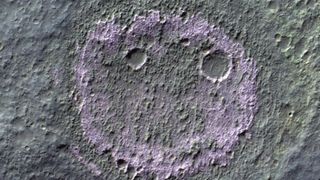
Scientists spot ancient 'smiley face' on Mars — and it could contain signs of life
By Harry Baker published
Newly released images of Mars reveal a "smiley" salt deposit on the Red Planet's surface. A related study suggests that similar deposits, which were left behind from ancient lakes, may be a good place to look for signs of former life on Mars.
Get the world’s most fascinating discoveries delivered straight to your inbox.


